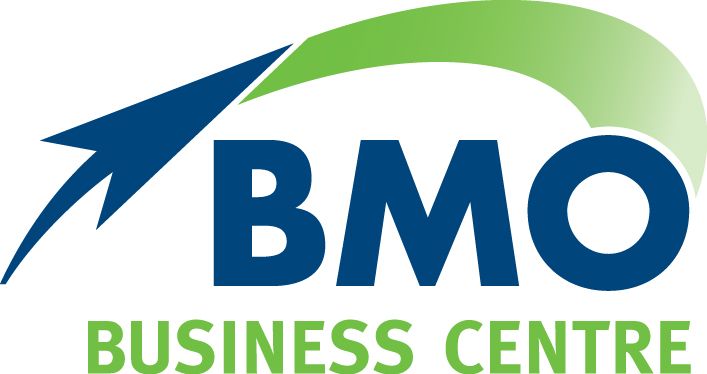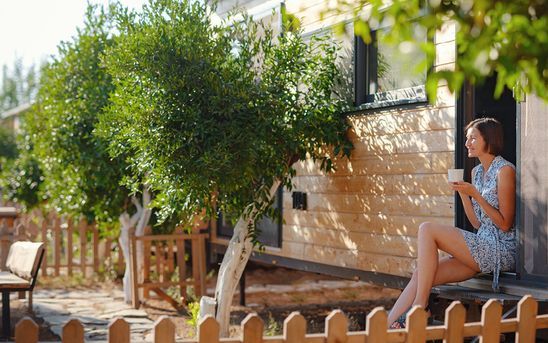How to get super ready for EOFY
Superannuation has dominated recent headlines, with proposed changes announced by Treasurer Jim Chalmers. While the details of these changes still need to be released, it’s worthwhile turning our focus to superannuation balances as we approach the end of financial year.
There are lots of different ways to top up your super, but if you want to take advantage of the opportunity to maximise your contributions, it is important not to wait until the last minute.
One of the simplest ways to boost your retirement savings is to contribute a bit extra into your super account from your before-tax income. When you make a voluntary personal contribution , you may even be able to claim it as a tax deduction.
If you have any unused concessional contribution amounts from previous financial years and your super balance is less than $500,000, you can also make a carry-forward contribution. This can be a great way to offset your income if you have higher-than-usual earnings this year.
Another easy way to boost your super is by making tax-effective super contributions through a salary sacrifice arrangement. Now is a good time to discuss this with your boss, because the Australian Taxation Office requires these arrangements to be documented prior to commencement.
Non-concessional super strategies
If you have some spare cash and have reached your concessional contributions limit, received an inheritance, or have additional personal savings you would like to put into super, voluntary non-concessional contributions can be a good solution.
Non-concessional super contributions are payments you put into your super from your savings or from income you have already paid tax on. They are not taxed when they are received by your super fund.
Although you can’t claim a tax deduction for non-concessional contributions because they aren’t taxed when entering your super account, they can be a great way to get money into the lower taxed super system.
Downsizer contributions are another option if you’re aged 55 and over and plan to sell your home. The rules allow you to contribute up to $300,000 ($600,000 for a couple) from your sale proceeds.
And don’t forget you can make a contribution into your low-income spouse’s super account – it could score you a tax offset of up to $540.
Eligible low-income earners also benefit from the government’s super co-contribution rules. The government will pay 50 cents for every dollar you pay into your super up to a maximum of $500.
Your tax bill can benefit
Making extra contributions before the end of the financial year can give your retirement savings a healthy boost, but it can also potentially reduce your tax bill.
Concessional contributions are taxed at only 15 per cent , which for most people is lower than their marginal tax rate. You benefit by paying less tax compared to receiving the money as normal income.
If you earn over $250,000 , however, you may be required to pay additional tax under the Division 293 tax rules.
Some voluntary personal contributions may also provide a handy tax deduction , while the investment returns you earn on your super are only taxed at 15 per cent.
Watch your annual contribution limit
Before rushing off to make a contribution, it’s important to check where you stand with your annual caps. These are the limits on how much you can add to your super account each year. If you exceed them, you will pay extra tax.
For concessional contributions, the current annual cap is $27,500 and this applies to everyone.
When it comes to non-concessional contributions, for most people under age 75 the annual limit is $110,000. Your personal cap may be different, particularly if you already have a large amount in super, so it’s a good idea to talk to us before contributing.
There may even be an opportunity to bring-forward up to three years of your non-concessional caps so you can contribute up to $330,000 before 30 June.
If you would like to discuss EOFY super strategies or your eligibility to make contributions, don’t hesitate to give us a call.
The post How to get super ready for EOFY appeared first on BMO Accountants.
Contact Us
BMO Dalby
By Mail:
PO Box 180
Dalby Qld 4405
In Person: 178 Drayton Street (access via Hogan Street)
Dalby Qld 4405
BMO Charleville
By Mail:
PO Box 198
Charleville Qld 4470
In Person: 58 Alfred Street
Charleville Old 4470
BMO Roma
By Mail: PO Box 300 Roma Qld 4455
In Person: 137 McDowall Street Roma Qld 4455
Office Hours:
Monday – Thursday 8am – 5pm and Friday 8am – 3pm
PH: 07 4662 3722
FAX: 07 4662 5975
Useful Links
Stay in Touch
Footer Contact Form
We will get back to you as soon as possible
Please try again later
Contact Us
BMO Dalby
By Mail: PO Box 180 Dalby Qld 4405
In Person: 178 Drayton Street (access via Hogan Street) Dalby
BMO Charleville
By Mail:
PO Box 198
Charleville Qld 4470
In Person: 58 Alfred Street
Charleville Old 4470
BMO Roma
By Mail: PO Box 300 Roma Qld 4455
In Person: 137 McDowall Street Roma Qld 4455
Office Hours: Monday – Thursday 8am – 5pm and Friday 8am – 3pm
PH:
07 4662 3722
FAX: 07 4662 5975
Footer Contact Form
We will get back to you as soon as possible
Please try again later
All Rights Reserved | BMO Dalby | Website design & development by Hey Marketing


